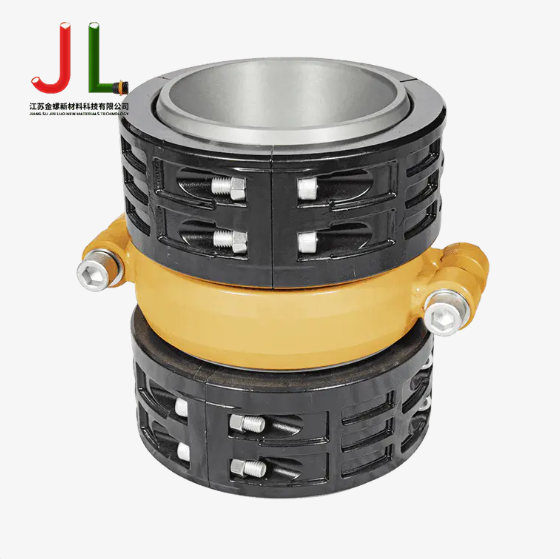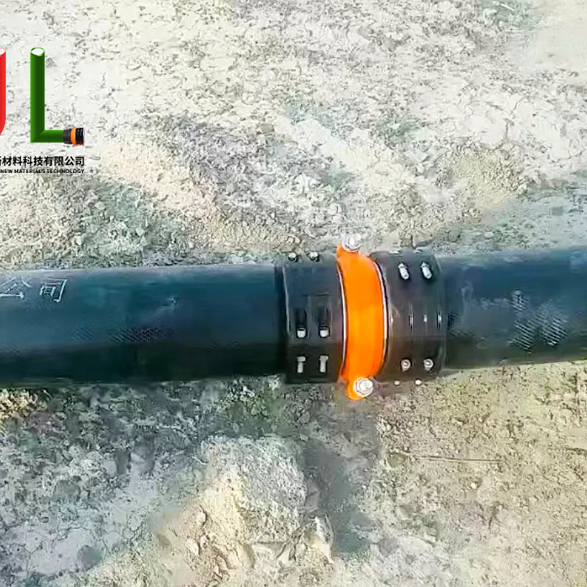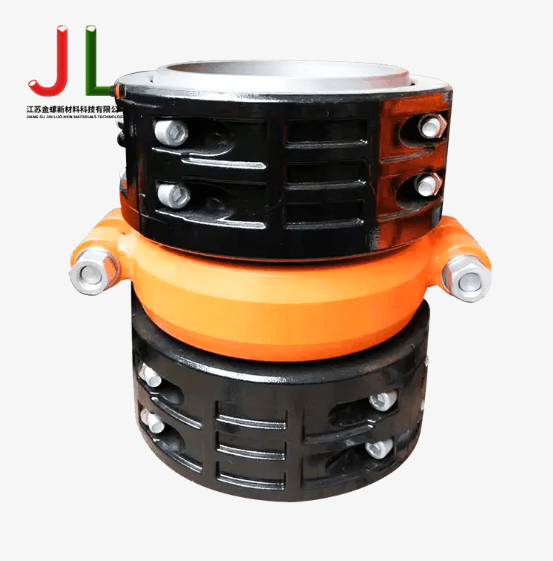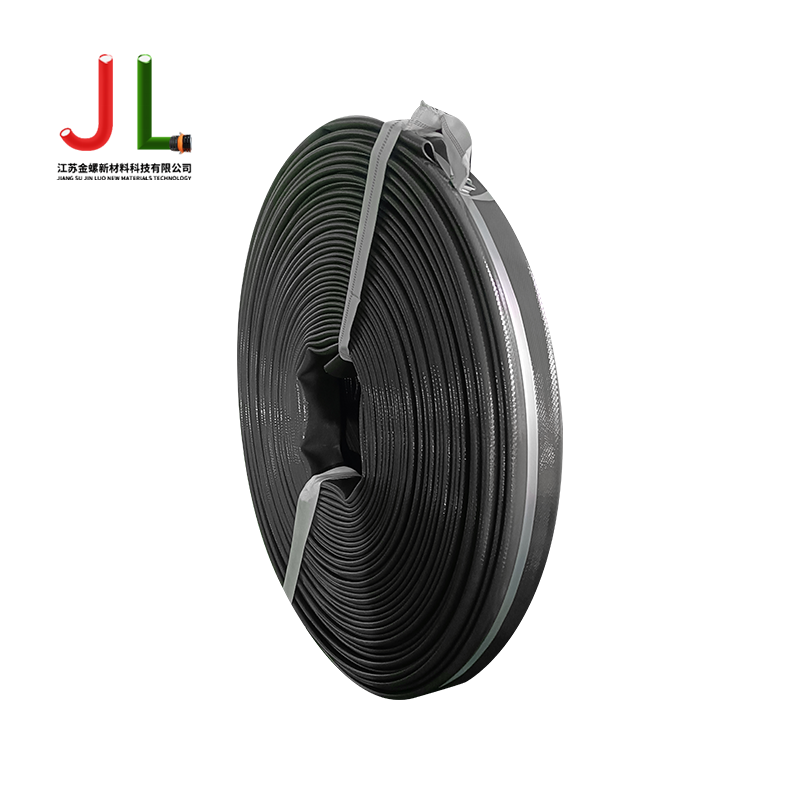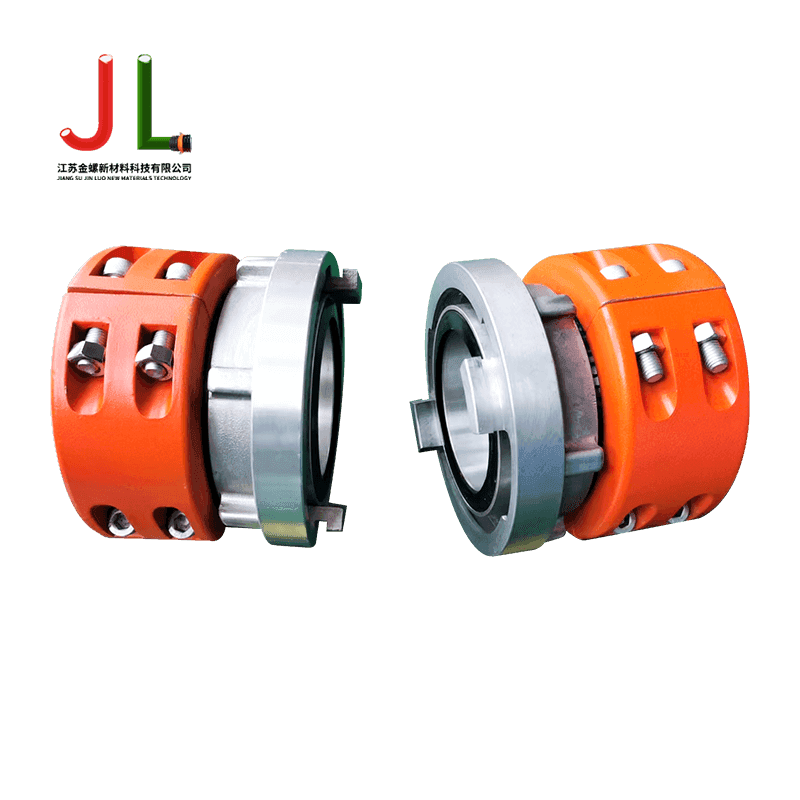Can the lightweight design of Lightweight V-Style Quick Connect Couplings really improve connection efficiency?
In the modern industrial field, connection technology is the basic link of equipment operation, and its efficiency directly affects the overall production efficiency and equipment performance. With the continuous development of industrial automation and intelligent manufacturing, higher requirements are put forward for connectors: not only to ensure the reliability and stability of the connection, but also to pursue the convenience and efficiency of operation. Against this background, quick connection technology came into being and became an important choice in connection solutions.
In recent years, lightweight design has become a significant trend in industrial product design. Lightweight can not only reduce the weight of equipment and improve equipment flexibility, but also greatly reduce labor intensity and time cost during installation and maintenance. Especially in the field of quick connection, connectors with lightweight design, such as Lightweight V-Style Quick Connect Couplings, have begun to receive widespread attention.
1. Design features of Lightweight V-Style Quick Connect Couplings
1.1 Introduction to V-Style structure
Lightweight V-Style Quick Connect Couplings adopt a unique "V"-shaped connection structure. The core of this structural design is to achieve efficient and stable connection through precise geometric matching. Compared with traditional cylindrical or threaded connection methods, the V-Style structure can effectively reduce friction resistance during the connection process and improve the accuracy and repeatability of the connection.
In addition, the V-Style structure has good self-alignment ability, which makes it easier to achieve quick docking during connection, reducing the complexity of manual adjustment, thereby improving operational efficiency.
1.2 Implementation path of lightweight design
Lightweight design is mainly achieved through the following aspects:
Traditional connectors are usually made of steel or other heavy metals and are heavy. Lightweight design introduces high-strength aluminum alloys, composite materials and even high-performance engineering plastics to significantly reduce the weight of connectors while maintaining the necessary mechanical strength.
Using modern design tools such as finite element analysis, the structure of the connector is optimized, unnecessary material thickness is removed, and a honeycomb, hollow or reinforced rib structure is used to achieve weight reduction while ensuring rigidity and durability.
The V-Style design itself is relatively compact, and with lightweight materials, the overall volume and weight are greatly reduced, making it easy to carry and install.
2. The direct impact of lightweight design on connection efficiency
2.1 Improved ease of operation
Lightweight connectors greatly reduce the burden on operators, especially in situations where frequent connections and disconnections are made, such as assembly line operations or on-site maintenance. The lighter weight makes the connection action more flexible and reduces operator fatigue, thereby improving overall operating efficiency.
In addition, the V-Style design makes the connection action smoother, reduces alignment time and multiple attempts, and significantly speeds up the connection and disconnection speed.
2.2 Improved installation and maintenance efficiency
Lightweight connectors are more suitable for small space working environments. Many industrial equipment have limited internal space, and traditional heavy connectors are difficult and time-consuming to install. Lightweight design makes the installation process more convenient.
At the same time, the disassembly process during maintenance becomes easier, reducing equipment downtime and maintenance costs, and improving the overall operating efficiency of the equipment.
2.3 Guarantee of connection accuracy and sealing performance
Although the lightweight design reduces weight, it does not sacrifice the accuracy and sealing performance of the connection. The precise matching of the V-Style structure ensures the tight connection between the connectors, effectively preventing leakage and loosening.
Advanced sealing materials and designs enable lightweight connectors to maintain good sealing performance under harsh conditions such as high pressure and high temperature, ensuring the safe operation of the equipment.
3. Performance in practical applications
3.1 Application in industrial automation
In automated production lines and robot systems, quick connectors are frequently used in pneumatic and hydraulic systems. The lightweight V-Style Quick Connect Couplings have a compact structure, light weight, and fast operation, which significantly improves the efficiency of equipment line change and debugging, and supports high-frequency operation requirements.
In addition, the lightweight design helps to reduce the load of the robot end effector, improve the system response speed and operation accuracy.
3.2 Performance in fluid transmission systems
In hydraulic and pneumatic systems, the sealing and pressure resistance of connectors are particularly important. Lightweight V-Style quick connectors can effectively prevent fluid leakage and improve system stability and safety through reasonable design and material selection while ensuring pressure bearing capacity.
This design can also adapt to different pressure levels and meet the diverse industrial fluid transmission needs.
3.3 Application value in mobile equipment and light machinery
For mobile machinery and equipment, reducing equipment weight is the key to improving performance. The use of lightweight quick connectors not only reduces the weight of the entire machine, but also shortens maintenance time and improves on-site operation flexibility.
In addition, quick connection reduces equipment disassembly time, provides convenience for equipment movement and deployment, and greatly improves work efficiency.
4. Potential challenges and solutions for lightweight design
4.1 Structural strength and durability issues
Lightweighting often brings challenges in strength and durability. To solve this problem, designers use a variety of strengthening measures, such as material modification, local thickening, and reasonable stress distribution design to ensure that connectors can still work stably under high load environments.
Structural optimization analysis tools help avoid stress concentration areas and improve product life and reliability.
4.2 Sealing performance and environmental resistance considerations
Lightweight materials may face the risk of corrosion resistance and sealing failure in certain extreme environments. To this end, high-performance sealing materials, such as fluororubber, polyurethane, etc., are used in combination with surface protection treatment to improve the environmental adaptability of connectors.
At the same time, the sealing design focuses on multiple sealing structures to ensure the stability of the connection under different temperature and pressure conditions.
4.3 Cost and manufacturing process challenges
New materials and lightweight designs often lead to increased manufacturing costs. By optimizing production processes, such as precision casting, CNC machining and additive manufacturing technology, costs can be controlled and production efficiency can be improved.
Continuous optimization of mass production and material selection can also help balance cost and performance.
5. Future trends and development prospects
5.1 Development of intelligent quick connection system
In the future, quick connection technology will incorporate intelligent elements, monitor the connection status in real time through sensors, and realize early warning and automatic adjustment. Intelligent connectors will greatly improve the automation level and safety assurance capabilities of equipment.
The advancement of automated connection and disconnection technology will further improve the convenience and efficiency of on-site operations.
5.2 Continuous innovation of new materials and new processes
New lightweight materials such as composite materials and nanomaterials will be more widely used in quick connectors, further reducing weight and improving mechanical properties.
Advanced manufacturing technologies such as 3D printing will promote customized design, meet special industrial needs, and enhance product competitiveness.
5.3 Integration of green and environmentally friendly design concepts
Under global environmental pressure, lightweight design not only focuses on performance, but also pays more attention to the recyclability and environmental friendliness of materials. The promotion of environmentally friendly materials and energy-saving manufacturing processes is in line with the industrial trend of sustainable development.
Lightweight quick connectors will become an important part of green manufacturing.
Conclusion
The lightweight V-Style Quick Connect Couplings with lightweight design not only significantly improve the connection efficiency and operation convenience through structural innovation and material upgrades, but also greatly adapt to the diversified and complex needs of modern industry while ensuring performance and durability. Its wide application in automated production, fluid transmission and mobile machinery has confirmed the huge potential of lightweight quick connection technology.
With the development of intelligence and new material technology, the functions and performance of lightweight quick connectors will continue to break through, helping industrial equipment move towards higher efficiency and lower energy consumption. In the future, this technology will surely play a more important role in promoting industrial modernization.



 English
English عربى
عربى 中文
中文

